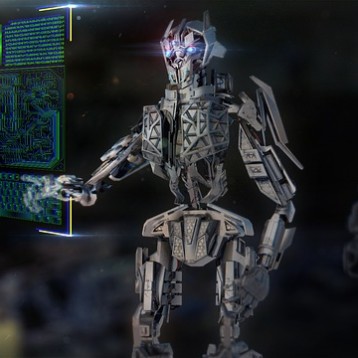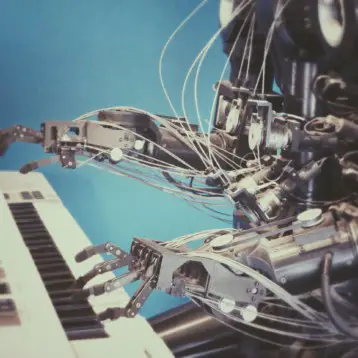|
Active sensing is widely common in the animal kingdom. For example, rats’ whiskers function as active sensors. A multinational team was recently assembled in order to develop a series of innovative tactile technologies, including a ‘whiskered’ robotic rat, which will be capable of quickly locating, identifying and capturing moving objects. “The use of touch in the design of artificial intelligence systems has been largely overlooked, until now,” says Professor Ehud Ahissar of the Weizmann Institute of Science’s Neurobiology Department, who is taking part in the project.
In nocturnal creatures, or those that inhabit poorly-lit places, the use of touch is preferable to sight, since vision in these areas tends to be limited. Touch is one of the primary means of learning and receiving physical information about the surrounding environment. The ways in which rats use their bristly whiskers to explore their environment is currently being analyzed (by several groups around the world), and the emphasis is on the way the rats’ brain processes the information collected by the whiskers. Understanding this complex mechanism may help develop artificial whiskers which could be put into effective use in a wide range of field.
Why is the sense of touch in a rat’s whiskers so much more efficient than that of the average person’s finger tips? The consortium’s teams have managed to provide some answers to this question. One of the explanations relates to the way in which the sensory system works; whiskers actively sweep back and forth repetitively, accumulating information about their surroundings. The sensing begins in the neurons at the whiskers’ bases, which ‘fire’ signals to the brain. Further experiments have shown that the way in which a rat uses its whiskers is context-dependent. For example, the seemingly simple act of feeling out a 3-D object requires three different types of code, each encoding a different dimension and calculating the horizontal, the vertical, and the radial distance of the object from the whisker base.
|
The research also suggests that the signals travel from the whiskers through parallel pathways that function within parallel closed feedback loops, constantly monitoring the signals they receive and changing their responses accordingly. It is believed that the complex interactions between the feedback loops are responsible for the rich and accurate control of movement. However, the complexity of the interactions poses a challenge for engineers who are trying to develop artificial systems based on this concept. In order to develop and research models that describe the complicated neural processes, the scientists need to apply advanced theoretical methods and calculations from theoretical physics and applied mathematics.
According to the researchers, implementing the biological knowledge that has been gathered will hopefully allow robotics researchers to build machines that can be used in rescue missions, as well as search in missions carried out under conditions of restricted visibility.
TFOT has covered the modular robot developed at the Tokyo Institute of Technology, which is capable of changing its 3D structure and its motions as a function of its environment, the kitchen cleaning robot, and NASA’s lemur robot, built to assist humans in space exploration.
More information on the robotic rat project can be found on the Weizmann Institute website.












